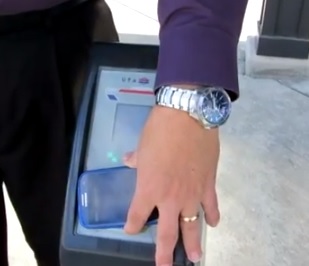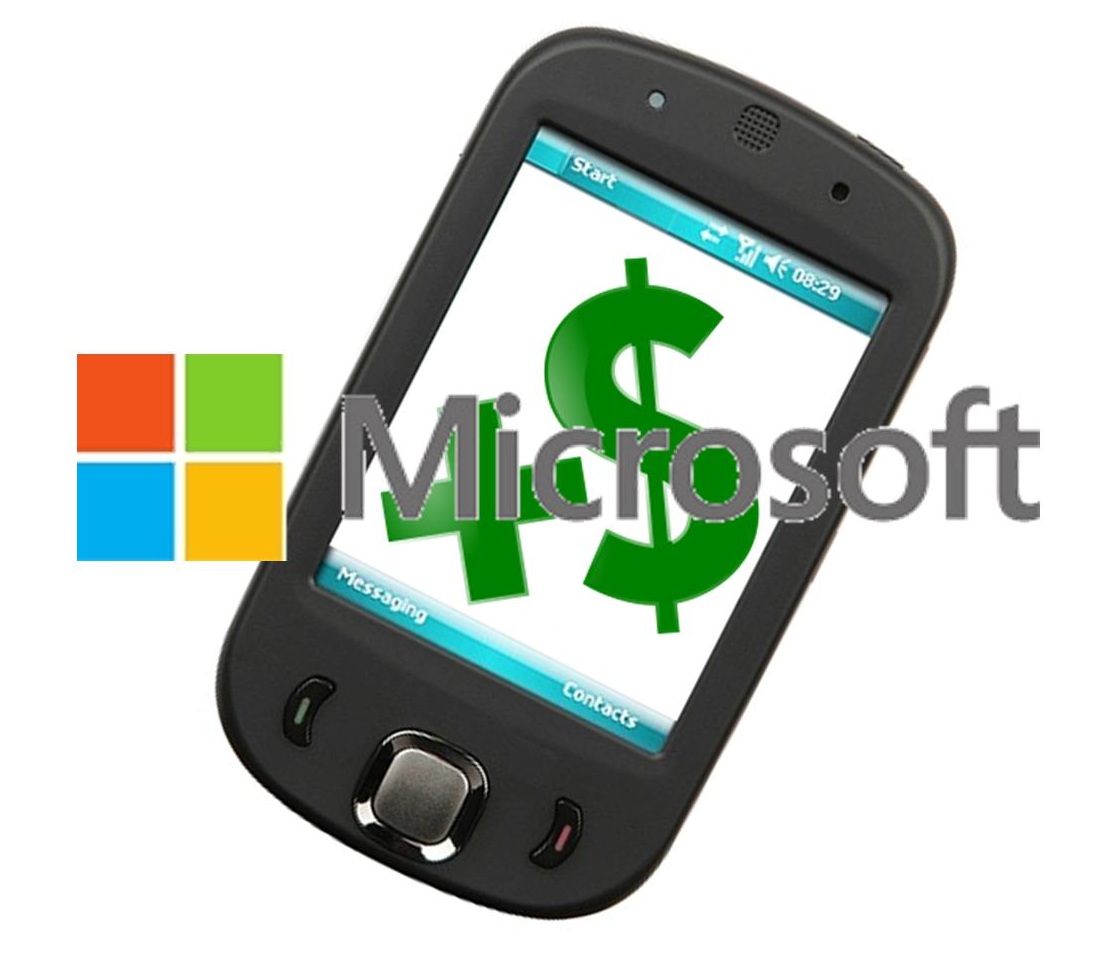The carrier backed digital wallet has just tied up a number of contracts to help its expansion across the nation.
Isis, the mobile payments wallet that is backed by three of the leading carriers in the country has recently announced that it will be going nationwide before the end of the year and it has just tied up a number of important contracts ahead of that rollout.
The announcement is following the pilot trials that have been held at Salt Lake City and in Austin.
The mobile payments wallet has partnered up with Amex, and Chase. The most recent partnership is with Chase, so that their Freedom, Sapphire, Slate, and JP Morgan Palladium cards will be supported by the service. Isis has already reached similar deals with both American Express as well as with Capital One. Once the cards have been loaded into the Isis app, they can be used for completing transactions at any retailers that accept this form of payment.
The mobile payments wallet from Isis is based on NFC technology.
 This means that in order to make mobile payments through the app, the user simply has to tap the device against an NFC technology enabled point of sale terminal. That said, it has been acknowledged by many industry experts that the adoption of devices that feature this technology remains quite slow. Moreover, there is a great deal of confusion among consumers regarding which devices do and do not have NFC technology. Moreover, Apple has not yet adopted this tech at all in any of the devices that it has released.
This means that in order to make mobile payments through the app, the user simply has to tap the device against an NFC technology enabled point of sale terminal. That said, it has been acknowledged by many industry experts that the adoption of devices that feature this technology remains quite slow. Moreover, there is a great deal of confusion among consumers regarding which devices do and do not have NFC technology. Moreover, Apple has not yet adopted this tech at all in any of the devices that it has released.
It has been suggested that Isis may have a contingency plan that will help to boost its initial traction by holding off its primary focus as a mobile payments service and focusing on the other elements of the wallet app, such as loyalty rewards and smartphone friendly couponing. These have been important drivers in mobile commerce, so it could be that they can make all the difference in boosting the popularity of the app.
This most recent news of the mobile payments partnership with Chase has only managed to open more doors for Isis, as it grows the number of cards that it can support.
 Information about a new system on the Windows Phone platform has just been released involving Zero-Effort.
Information about a new system on the Windows Phone platform has just been released involving Zero-Effort.
Microsoft has just released a considerable amount of detail regarding its new system for mobile payments that could considerable improve the appeal of its Windows Phone platform, as it will give smartphone users the ability to make a purchase without any effort at all.
This will allow consumers to buy products or services without ever needing to make a move.
Many of the smartphone manufacturers and other internet giants are taking sizeable steps into the mobile payments ecosystem, such as the payWave from Visa on the Samsung Galaxy 4, and the new Google Wallet making its way through its pilot period in two American cities for several months.
While many of the big players are focusing on NFC technology for mobile payments, Microsoft has looked elsewhere.
Microsoft’s mobile payments strategy was an exploration of how a consumer could make a purchase without having to mess around with the handset at a point of sale. It has labeled the style a “Zero-Effort Payment” (ZEP).
Microsoft Research representative, Sefan Saroiu, one of the team members who was a part of the development of the ZEP mobile payments, explained that this system would give merchants the ability to provide their customers with a more personalized service. For instance, they would be able to provide frequent shopper discounts without the need for the customer to carry a membership or loyalty card.
This mobile payments system functions through the integration of Bluetooth technology, in combination with face recognition technology that is worked right into its gaming system, called Kinect. When a user who is signed up for the service enters a participating store, it is detected by the Bluetooth system. When a customer is ready to pay, the face recognition system identifies him or her.
The Bluetooth system is able to determine that the participating customer has actually entered a store, but it is the face recognition that takes it a step further by identifying the unique individual customer who is at the checkout counter. That said, while the face recognition technology is not accurate enough to provide a completely precise recognition, when combined with the Bluetooth technology, it is capable of narrowing down the individual’s potential identity very tightly.
 This means that in order to make mobile payments through the app, the user simply has to tap the device against an NFC technology enabled point of sale terminal. That said, it has been acknowledged by many industry experts that the adoption of devices that feature this technology remains quite slow. Moreover, there is a great deal of confusion among consumers regarding which devices do and do not have NFC technology. Moreover, Apple has not yet adopted this tech at all in any of the devices that it has released.
This means that in order to make mobile payments through the app, the user simply has to tap the device against an NFC technology enabled point of sale terminal. That said, it has been acknowledged by many industry experts that the adoption of devices that feature this technology remains quite slow. Moreover, there is a great deal of confusion among consumers regarding which devices do and do not have NFC technology. Moreover, Apple has not yet adopted this tech at all in any of the devices that it has released.
 Information about a new system on the Windows Phone platform has just been released involving Zero-Effort.
Information about a new system on the Windows Phone platform has just been released involving Zero-Effort.